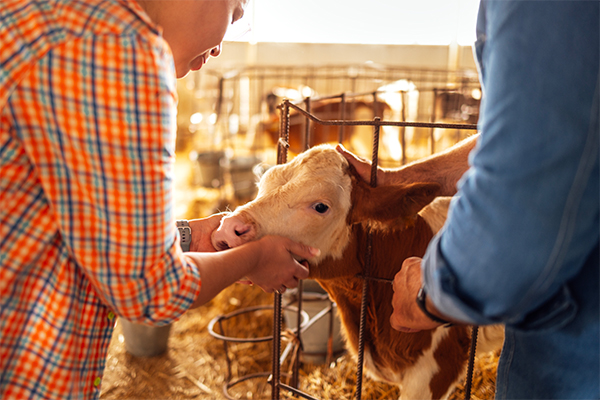
Brucellosis is a bacterial infection caused by Brucella species, primarily affecting livestock and humans. For centuries, this disease has posed challenges to both public health and the agricultural industry, particularly in regions where farming and animal husbandry are integral to daily life. Despite significant control measures, human infections persist with 1.6 to 2.1 million new cases annually, often linked to occupational exposure or the consumption of unpasteurized dairy products.
Symptoms and Transmission
Brucellosis can be tricky to diagnose because its symptoms often mimic other common illnesses. Infected individuals may experience:

- Persistent fever that comes and goes
- Night sweats and chronic fatigue
- Muscle and joint pain that can linger for months
- Headaches and overall malaise
- Loss of appetite and unintended weight loss
If left untreated, Brucellosis can lead to long-term complications, including arthritis, endocarditis, and even neurological disorders. In livestock, Brucella infections primarily target reproductive health, causing spontaneous abortions and infertility, which in turn leads to economic challenges for farmers and the dairy industry.
The bacteria are primarily transmitted through:
- Direct contact with infected animals or their secretions (such as during birth or handling raw meat)
- Inhalation of airborne bacteria in high-risk environments like farms and slaughterhouses
- Consumption of raw or unpasteurized dairy products, which can harbor the bacteria
Prevention and Control
Preventing Brucellosis requires a combination of public health measures, agricultural policies, and personal precautions:

Vaccination: Livestock vaccination programs have significantly reduced infection rates.

Pasteurization: Ensuring all dairy products undergo proper pasteurization eliminates bacterial contamination.

Protective Gear: Farmers, veterinarians, and slaughterhouse workers should use gloves, masks, and other protective equipment when handling animals.

Routine Testing: Regular screening for Brucella in livestock populations helps prevent widespread outbreaks.
Molecular Diagnostics Solutions for Brucella
Accurate and rapid diagnosis is critical for effective Brucellosis control. Traditional culture-based methods are time-consuming and require specialized biosafety conditions. Molecular diagnostic tools, such as Bosphore Brucella Detection Kit v1, provide rapid, sensitive, and specific detection of Brucella species (B. abortus, B. melitensis, B. canis, B. suis, B. ovis, and B. microti) in clinical and environmental samples. These technologies aid in early diagnosis and help mitigate the spread of infection.
These molecular diagnostic kits enable precise detection of Brucella species, contributing to better disease monitoring and control strategies.




